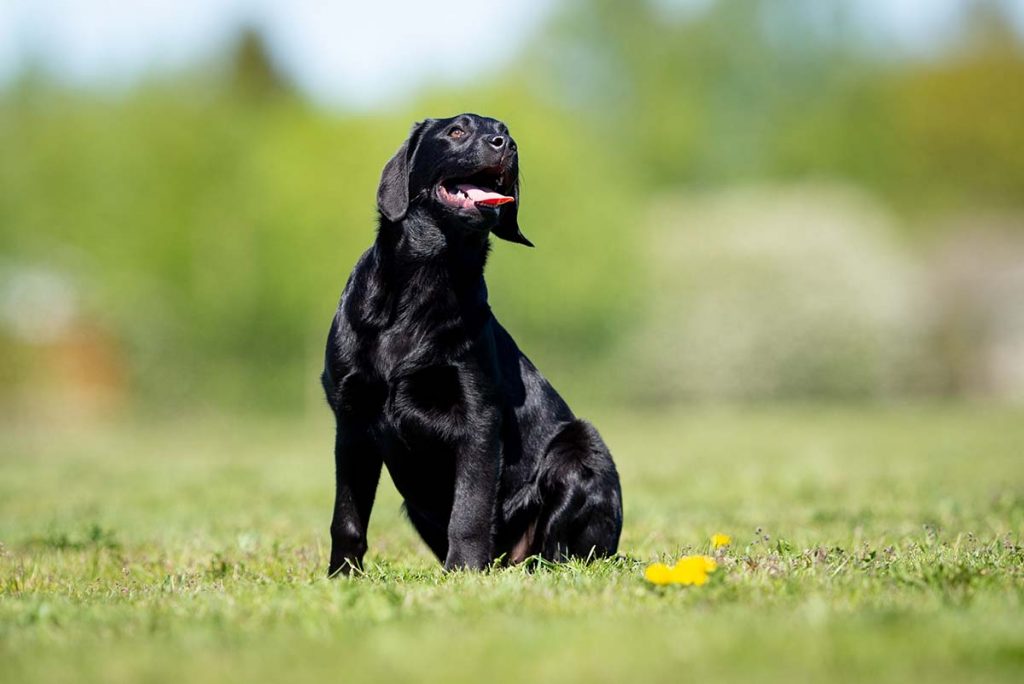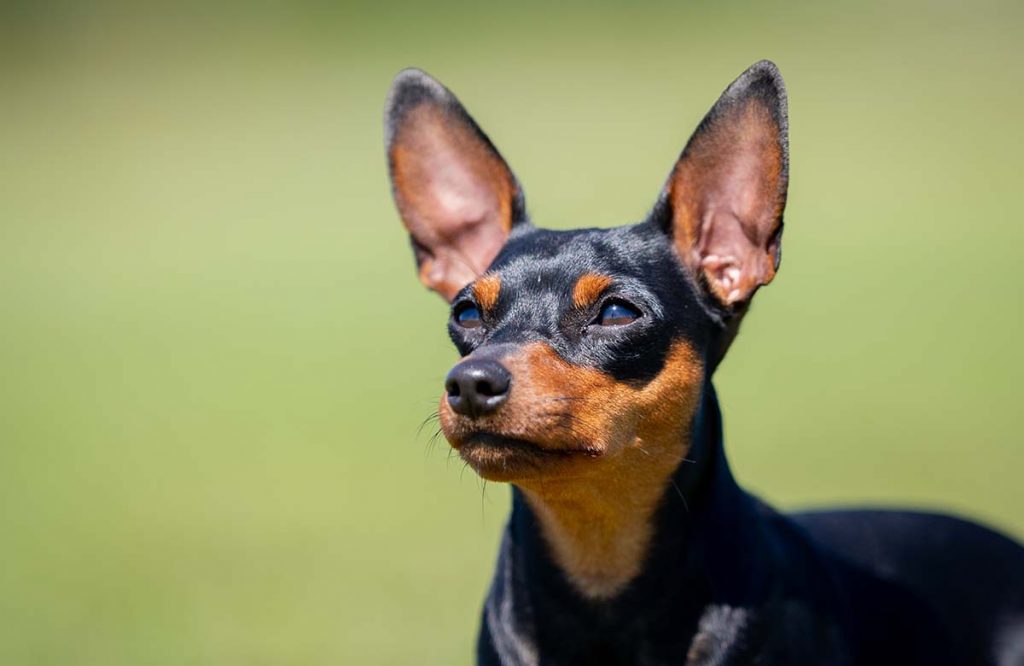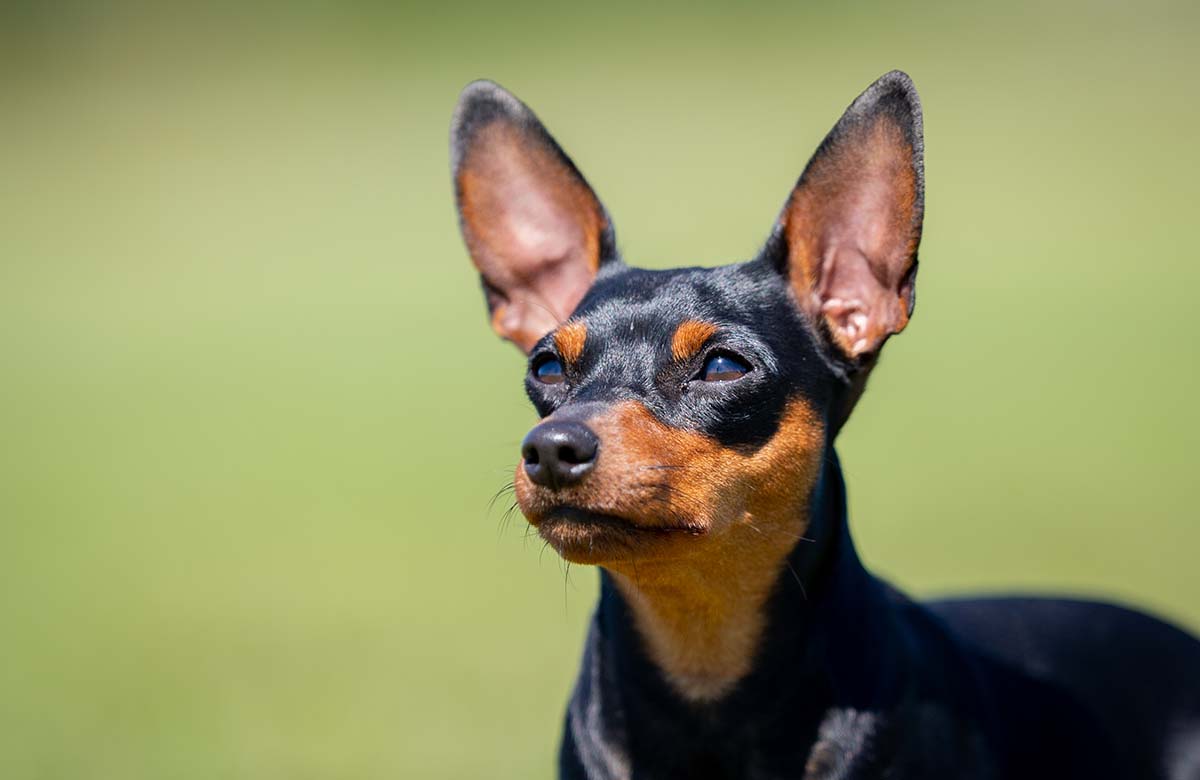14 Dec How to earn your dog’s trust and collaboration
Author SportsK9 editorial team, 21 June 2017
How do you build a relationship of trust with your dog? If dogs could choose, what kind of people would they want in their life? To learn more about this intriguing topic, SportsK9 interviewed Miira Hellsten, a qualified full-time animal trainer and owner of the Heiluva Häntä animal training school.
“Good guardianship is knowing how to anticipate and plan situations in a way that allows a dog to learn desired behaviours from the outset and find them to be motivating.”
Knowing what a dog needs
Successful human-canine interaction is built on an understanding of the basic needs of dogs. Before getting a dog, future owners should learn about what dogs are like as a species, how animals learn and what basic needs dogs have. Hellsten refers to the five freedoms in animal welfare, something every dog owner should be able to provide (http://www.companionanimalpsychology.com/2017/01/the-five-domains-model-aims-to-help.html).
The five freedoms
- Freedom from hunger and thirst
- Freedom from discomfort
- Freedom from pain, injury and disease
- Freedom to express normal behaviour
- Freedom from fear and distress
According to Hellsten, many people still hold outdated beliefs about dogs, regardless of the vast amount of information that animal behaviour science has produced about how dogs learn and what they need. It is essential for people to understand the motives of animals, i.e. why they act as they do.

Good guardians understand canine body language and gestures and know what constitutes natural behaviour in dogs.
Earning a dog’s affection through kindness
Dogs grow highly attached to guardians who are self-confident and kind. As Hellsten points out, research shows that dogs grow just as fond of us humans as children do of their parents. But if a dog’s guardian resorts to domestic violence, i.e. uses pain, threat and fear as training methods, the dog will never form a deep bond with the owner. Canine attachment to their owners has been studied using MRI scans of dogs’ brains (Gregory Berns: How Dogs Love Us, New Harvest, 2013). We also know that wolf and dog packs do not rely on violence: instead, pack leadership is born out of respect, trust and communication based on friendly and self-confident signals. Dogs monitor human body language and expressions very carefully and can even smell how we feel.
“Until proven otherwise, I believe the right course of action is to assume that dogs (and probably many other kinds of animals) have a level of self-awareness and emotion that bears more in common with humans than we had ever anticipated. Dogs are surely our first friends for always.”
Gregory Berns
Anticipating, planning and playing
With dogs, friendly guidance also involves the owner being able to prevent unwanted behaviours and minimise conflicts by planning and anticipating situations. Hellsten highlights the importance of preventing dogs from rewarding themselves with an environmental reinforcer, but instead steering their behaviour in the desired direction by asking them to perform previously taught exercises, for example ‘Leave it!’, ‘Come!’, ‘Stay near!’ or ‘Sit!’ In other words, instead of the unwanted behaviour, ask your dog to do something it knows well. When the dog stops the unwanted behaviour and does what you ask, give the dog praise and affection. Remember that yelling ‘No!’ does not tell dogs what they should be doing. Hellsten encourages us to put ourselves in the dog’s position: if you were travelling abroad and somebody shouted a short, angry word in a language you didn’t understand, would you automatically know what you should be doing?
Another example of friendly guidance is proactively offering puppies things they can chew on, which will also help reinforce collaboration and play. When your puppy is coming towards you, offer it a toy to play with. Playing with your puppy is also an excellent way to build a good relationship: dogs who have played since they were puppies remain playful until they die.
Good guardianship is knowing how to anticipate and plan situations in a way that allows a dog to learn desired behaviours from the outset and find them to be motivating. Good dog owners not only know how to use different rewards in a well-timed manner, but they also know how to prevent unwanted behaviours. For example, they can ensure that the dog comes when called rather than instead choosing to go play with the neighbour’s dog and rewarding itself in that way. Good guardians are able to make themselves more interesting than the neighbour’s dog. They are the gatekeepers to most resources: when dogs learn that the only way to get what they want is through the owner, the owner will automatically become interesting and important.
“Good guardians are motivating and worthy of their dog’s confidence – every day.”
Do you speak Dog?
Dog owners should also study their dog’s body language and gestures to understand when their dog needs more space. Hellsten underlines that we cannot teach our dogs to be braver by forcing them into situations in which they feel nervous. According to research, animals become braver when people are able to read their signs of distress and react to them by giving the animal more space and allowing it to explore the distraction at its own pace. The feeling of being able to move away from something that makes you uncomfortable is very important for both people and animals. Again, Hellsten encourages us to think about how we would feel if we were in the same situation. If you were afraid of snakes or spiders, would forcing you to face a snake or spider help you overcome your fear? Or would it be easier for you to overcome your fear if you knew that you could step away from the terrifying thing at any moment and if you received positive feedback when you approached it, and, for example, noticed that the creature was harmless?
For this reason, Hellsten teaches her clients how to understand their dog’s body language and work safely with the dog on a long line (3–5 m), preferably in combination with a well-fitting harness or a very wide collar. On a longer leash, dogs typically want to pull less because they have more room to move and sniff the latest ‘news’. After all, the sense of smell is the most important sense for dogs.

The feeling of being able to move away from something that makes you uncomfortable is very important both for people and animals.
In her work, Hellsten has noticed that many people with a new puppy misread their dog. For example, people may interpret a puppy licking a person’s face or jumping onto a person on the couch to mean that the pup is trying to ‘be dominant’. Looking at how puppies interact with their mother, you’ll quickly see that puppies lick each other’s and their mother’s face all the time, because licking the corners of the mouth is a friendly gesture. To learn more about canine gestures, Hellsten warmly recommends Barbara Handelman’s book Canine Behavior.
Dogs don’t protest
According to Hellsten, another common misunderstanding is thinking that, when dogs do something we don’t want them to do, they are protesting against or defying us. The last time Hellsten came across this notion was when her training mate’s dog left the agility course to greet a dog by the ringside. However, looking at what dogs are cognitively capable of, the science disproves this idea. The dog is simply incapable of feeling guilty (see e.g. Horowitz, Alexandra: Disambiguating the “guilty look”: Salient prompts to a familiar dog behaviour, Behavioural Processes 81:3, 2009), protesting, feeling ashamed, taking revenge or thinking at all about what other people or dogs think of it.
For dogs to be capable of such complex, human-like rational thought and emotion, their brain structure would have to be similar to ours, with a folded neocortex, which they do not have.
It’s all about motivation
If a dog loses interest in its handler, it is entirely due to a lack of motivation. We can train dogs to ignore distractions by introducing the distractions outside the field one at a time or by using them as rewards, so that dogs learn they can only get what they want by engaging with the handler. Motivation is everything. Are you more interesting to play with than the dog on the side of the field? Can you offer treats, toys or activities that are better than the distractions?
However, sometimes the reason for a dog running off could be something other than a lack of motivation. Also consider the following:
- Is the dog stressed? Is the dog feeling nervous about something in its life, the situation or the place?
- Is the dog healthy? Whenever an unwanted behaviour appears suddenly, make sure you check that it is not due to pain. Animals (like people) can become distracted or grumpy when in pain.
- Does the situation involve new things the dog has not yet been desensitised to?
- Have you broken the task down into small enough pieces and trained them first? Good trainers can break training tasks into easy pieces and train distractions at a level the dog can handle. Remember that you cannot ask the dog to do anything that you have not first taught it to view as worthwhile.
What kind of a guardian would a dog choose?
Dogs will follow people whom they believe are worth following. Again, motivation is the key. What kind of a parent would you respect? What kind of a parent would you assume your four-legged family member would choose? Good guardians are motivating and worthy of their dog’s confidence – every day.
Good guardians also ensure their dogs are safe. They will not put their dogs in situations that the dog cannot handle, let alone leave the dog to handle the situation alone, for example take a fearful puppy or adult dog to a dog park or a busy shopping centre. Learning to understand canine body language is essential in learning to notice when dogs relax the muscles of their body and face, are able to easily look away from stimuli, breathe calmly, stop making themselves larger or smaller, try to escape or barge straight towards a stimulus, or freeze. In a scary situation, dogs have four coping mechanisms:
- FIGHT – fend off an enemy
- FRIGHT – flee
- FREEZE – become paralysed with fear
- FOOL AROUND – fly off in all directions or start doing displacement activities to relieve distress
According to Hellsten, good guardians make good suggestions, but they also let their dogs make good suggestions and understand their dog’s wishes, needs and body language. In wolf packs, the parents don’t make all the decisions: they also let their offspring decide many things.
In a nutshell, good guardians
- are motivating and worthy of trust
- make good suggestions
- play with their dog – unlike wolves, dogs and cats remain playful throughout their lives if they’ve had a chance to engage in enjoyable play
- are good at using different rewards
- can prevent unwanted behaviours, i.e. can plan and anticipate situations
- are self-confident – the more you learn about how animals communicate and learn, the more confident a handler you can become.
How are you as a handler?
National border guards across Europe have drawn up rules for training dogs in a way that is based on scientific knowledge, rewarding, planning, socialisation and, in small doses, desensitisation. This improved dog performance and trust in their handlers, made training more effective both in terms of results and cost, and made training more pleasant for handlers and less stressful for dogs. And the less stressed dogs or people are, the better they are able to learn new things.
Ask yourself this: what kind of a handler would you like to have and live with? The same goes for dogs and all other animals that have been studied.
SportsK9 editorial team
The SportsK9 editorial team keeps you up to date on what’s happening in the world of dog sports right now.



No Comments